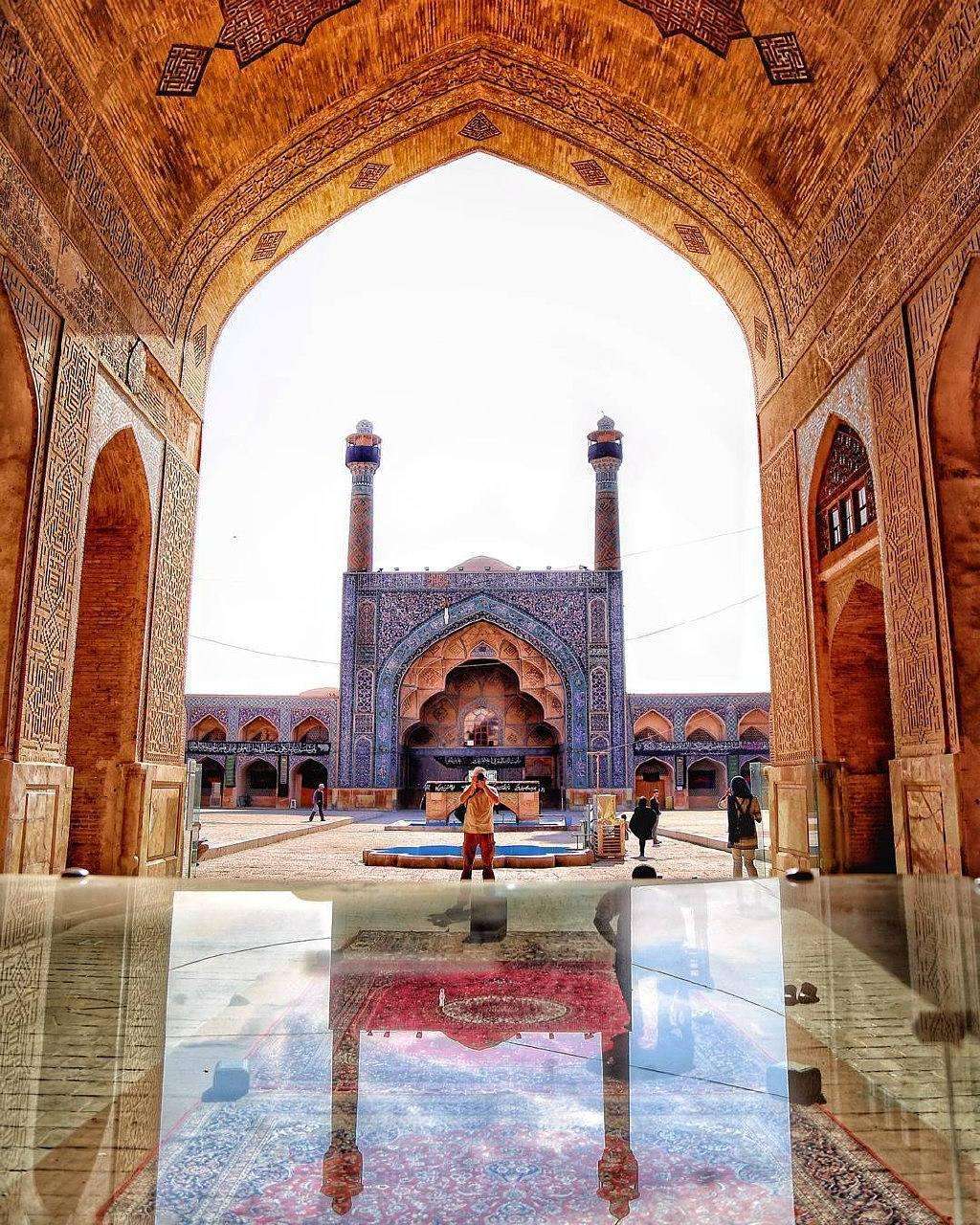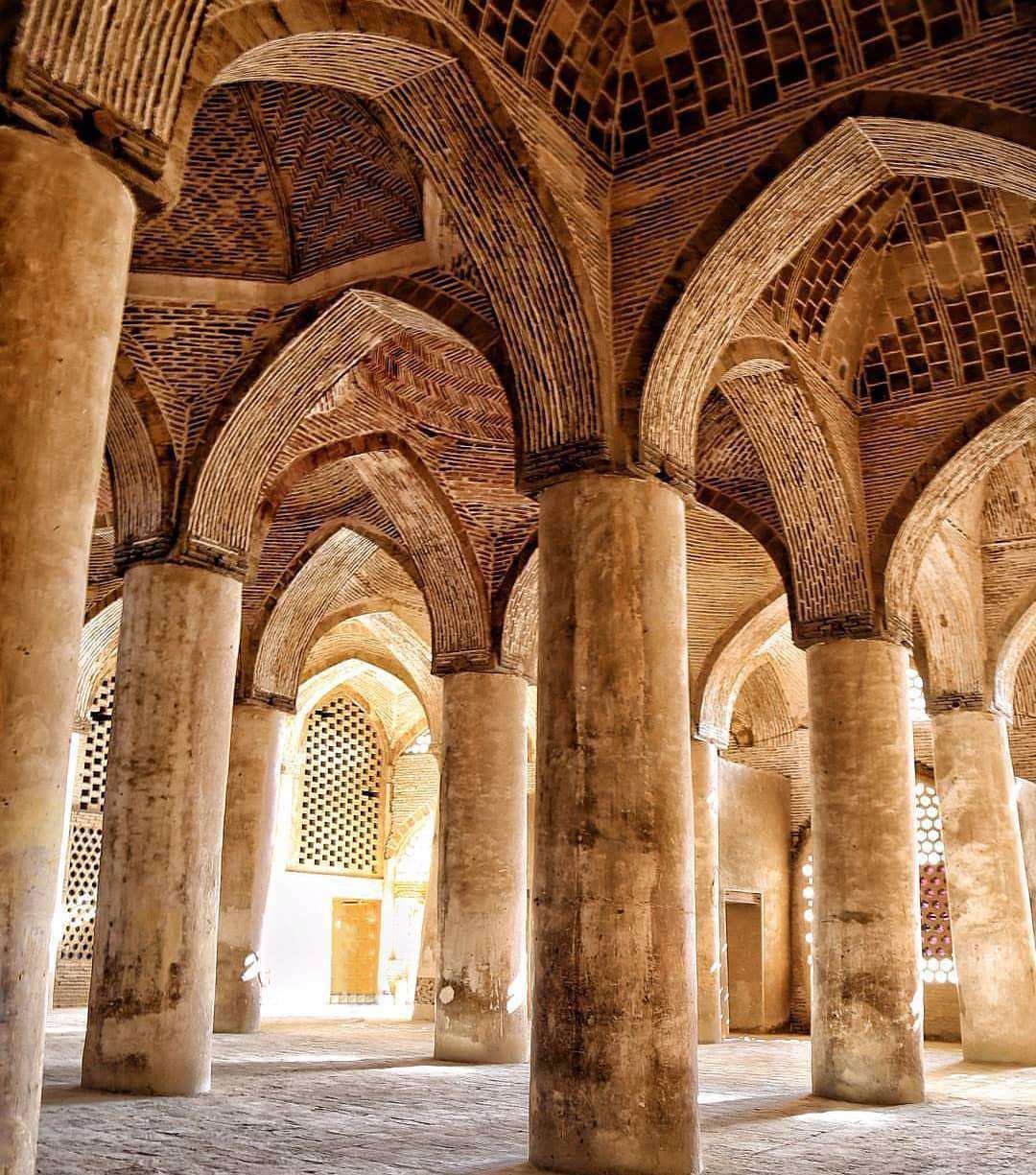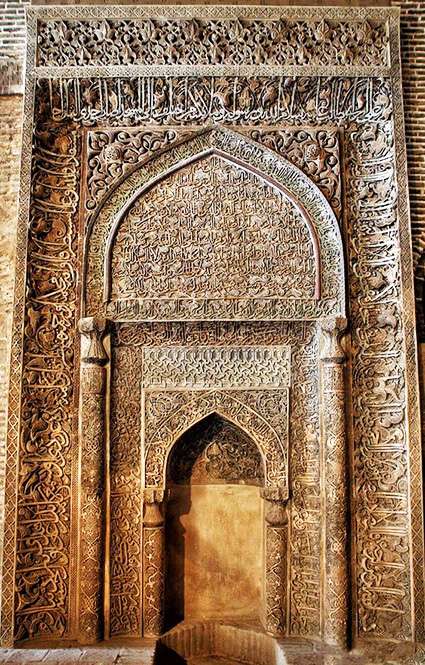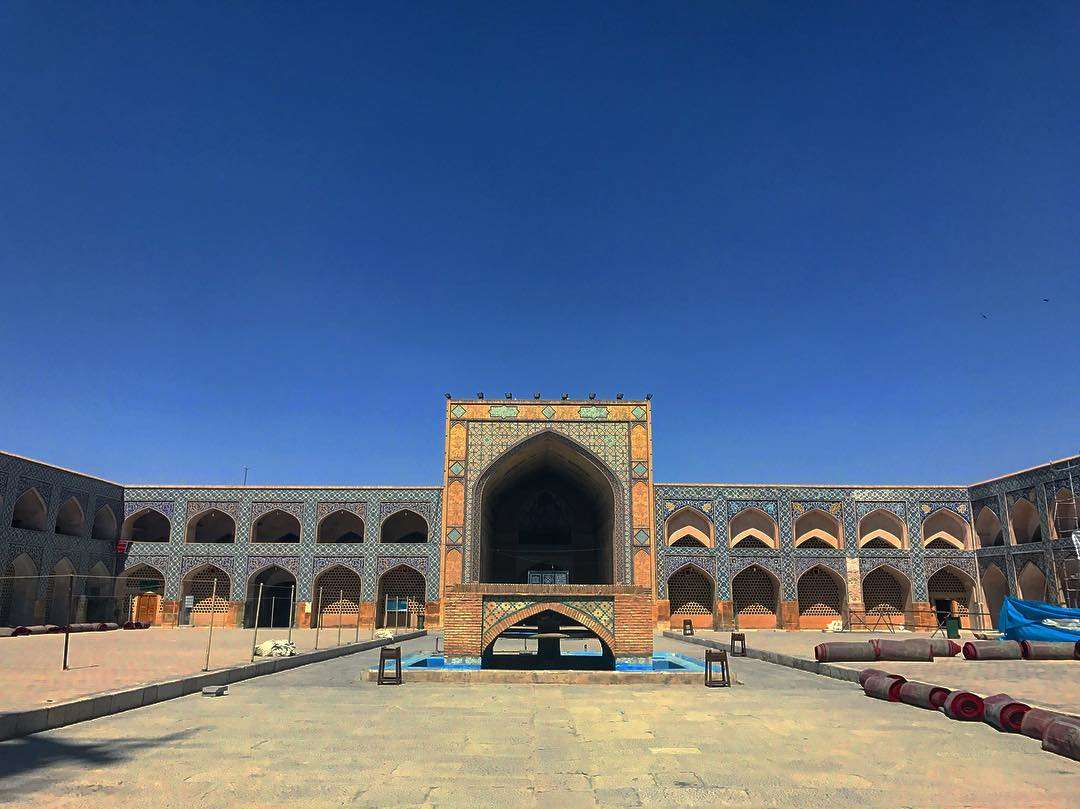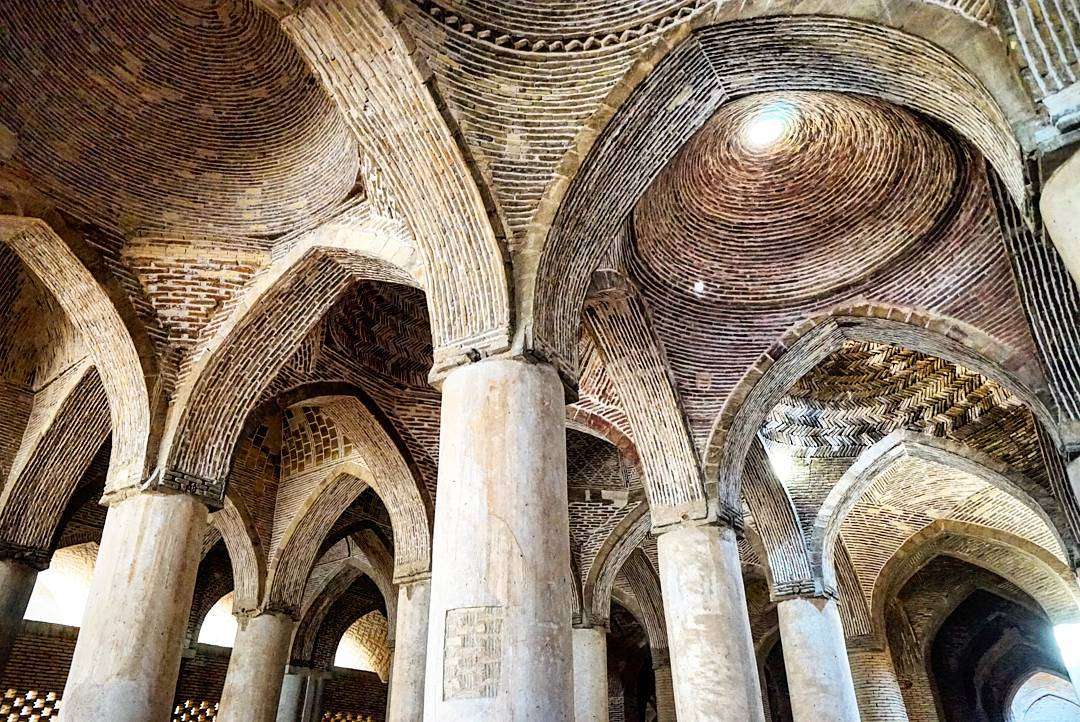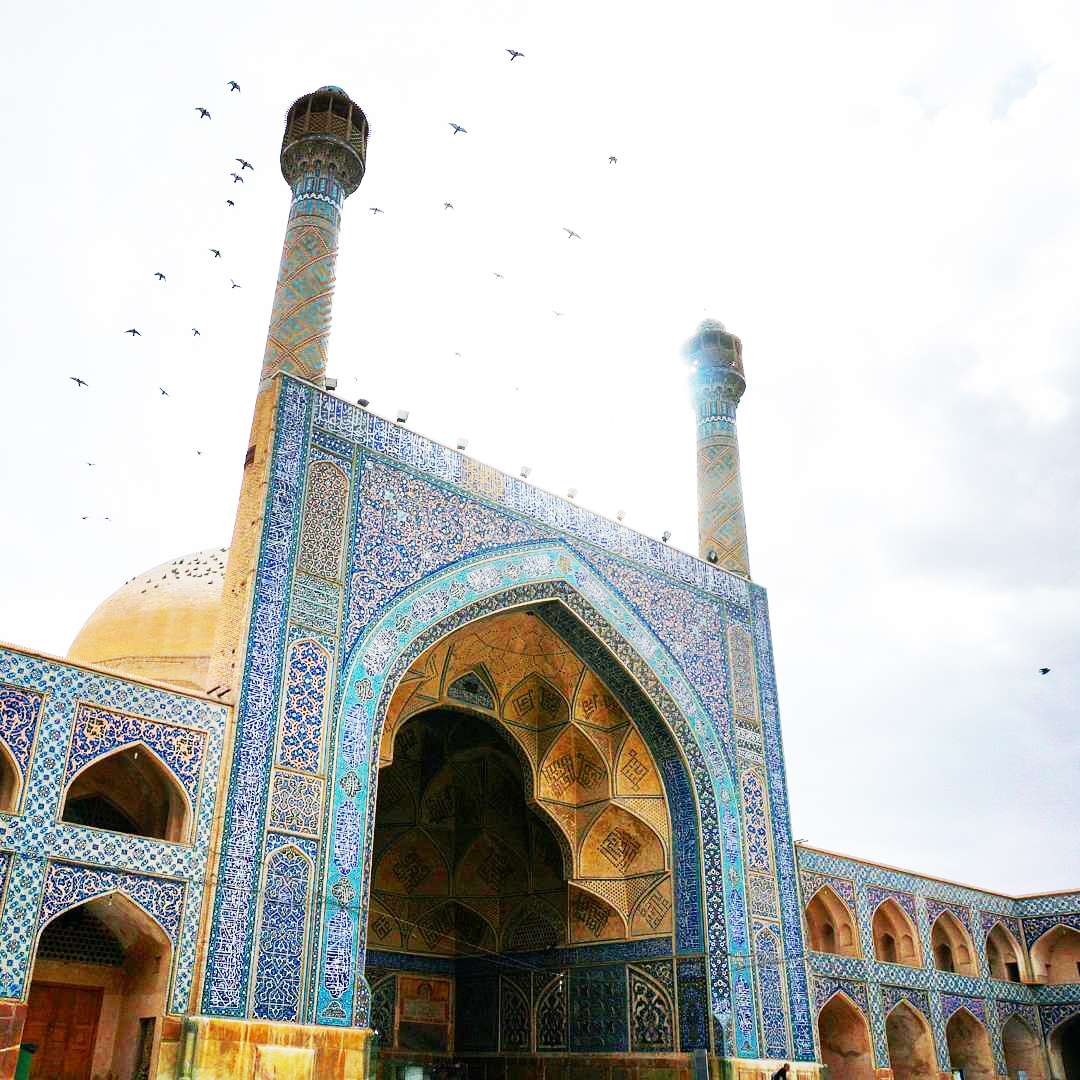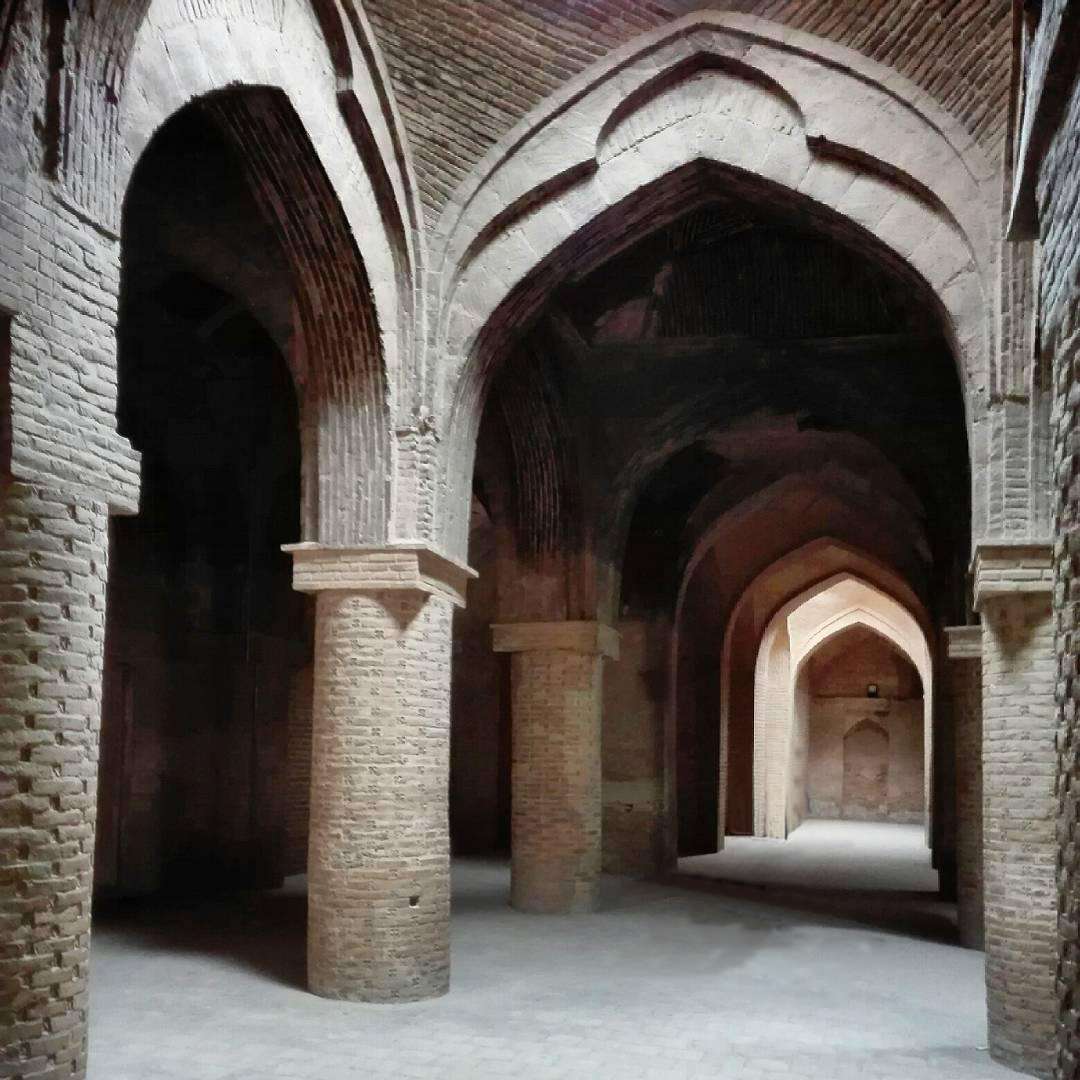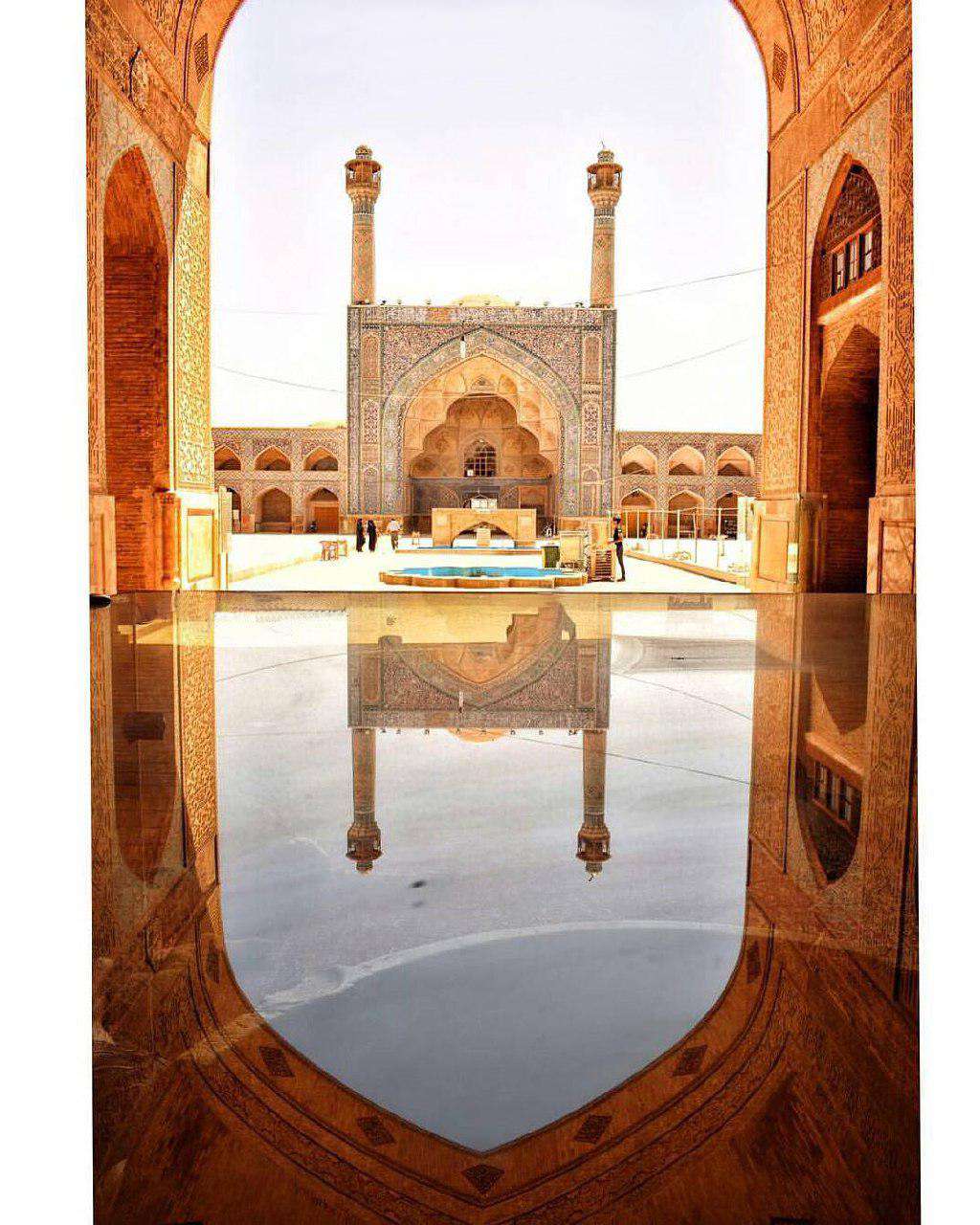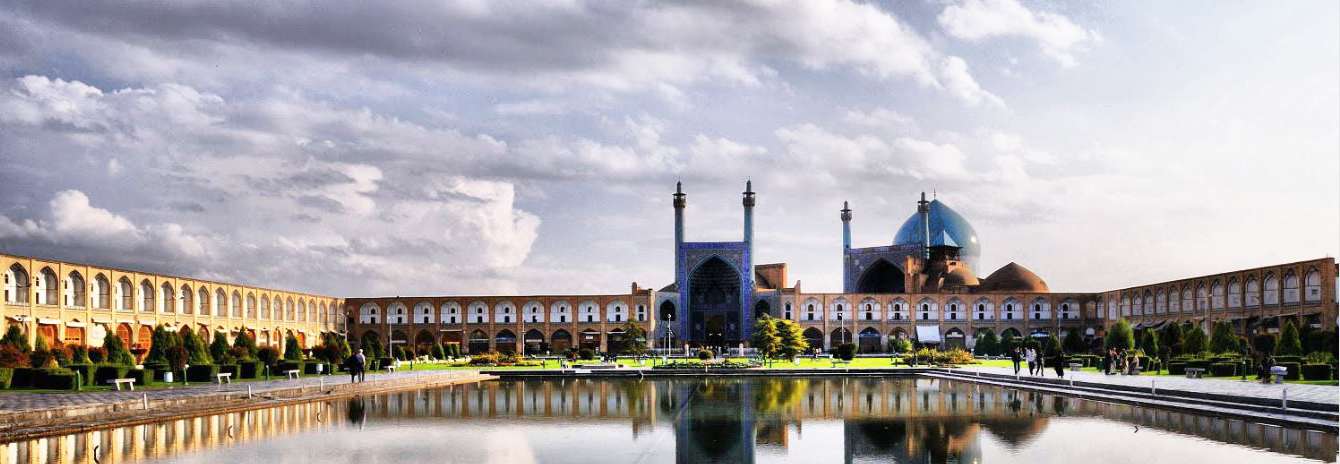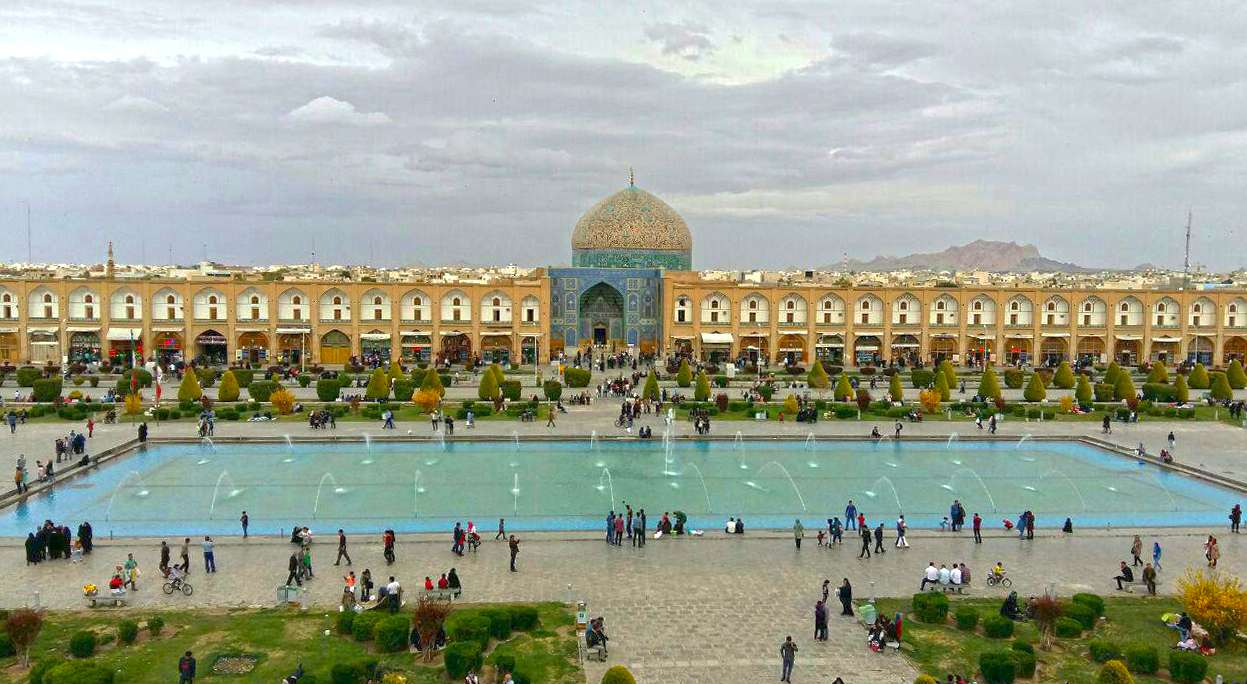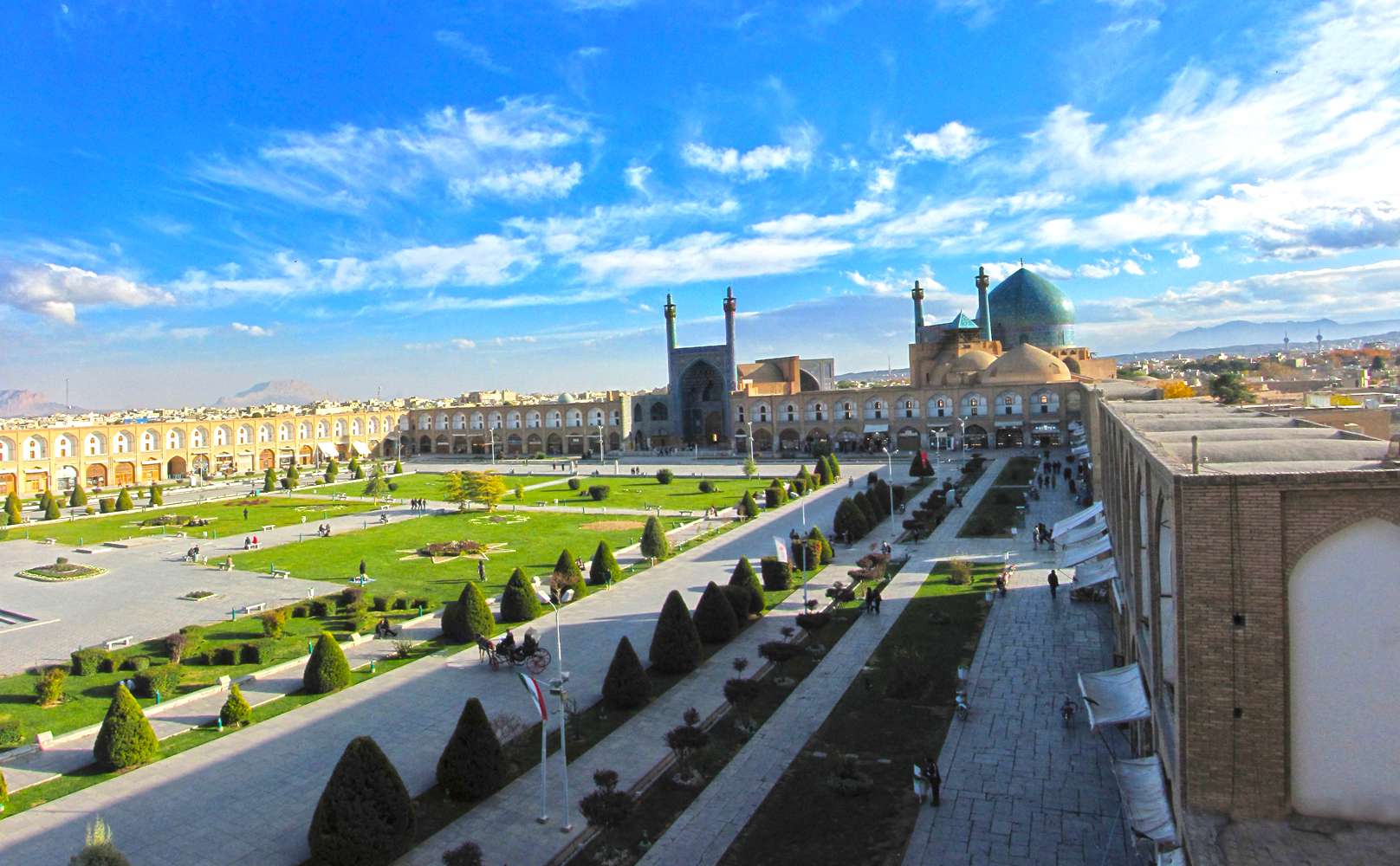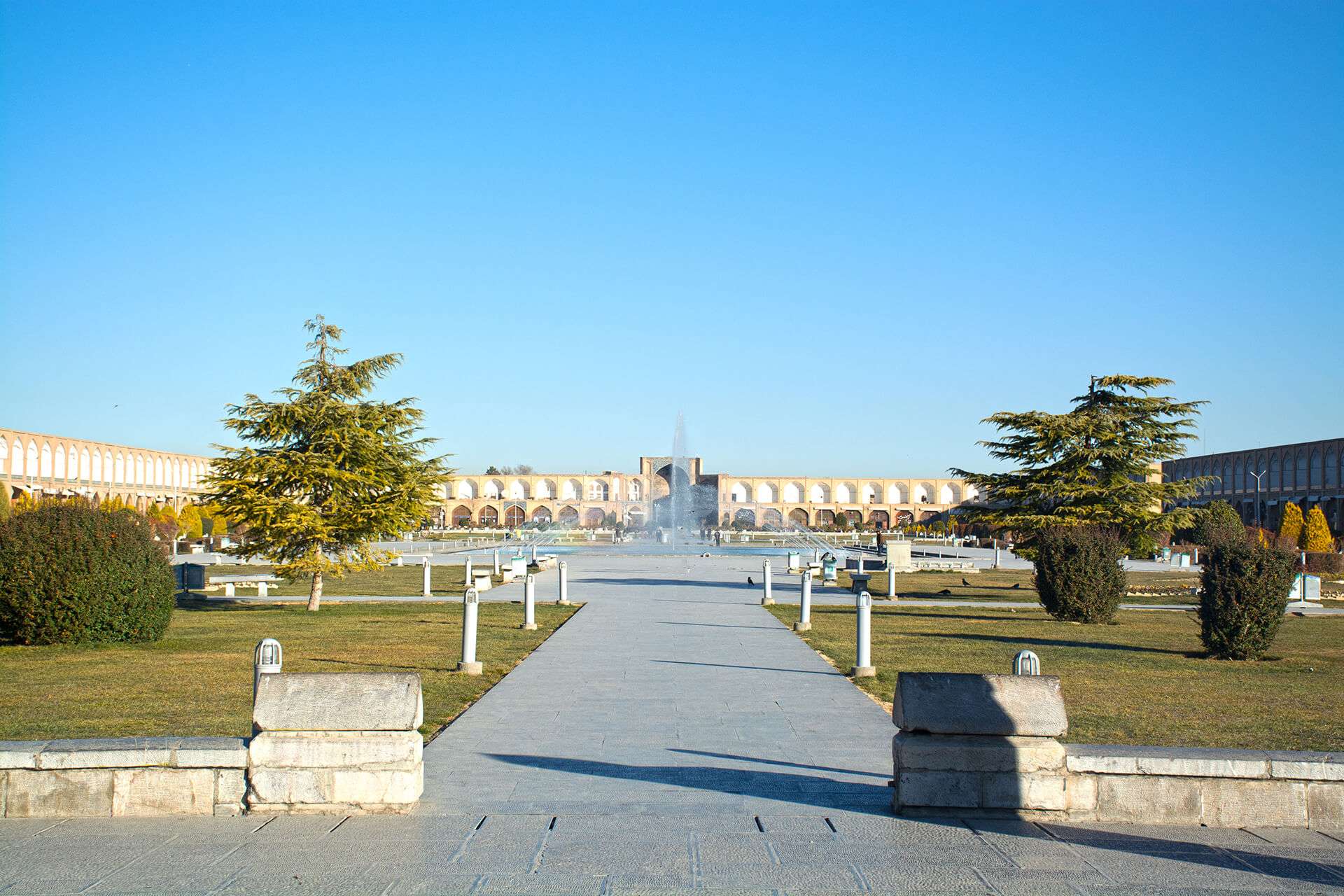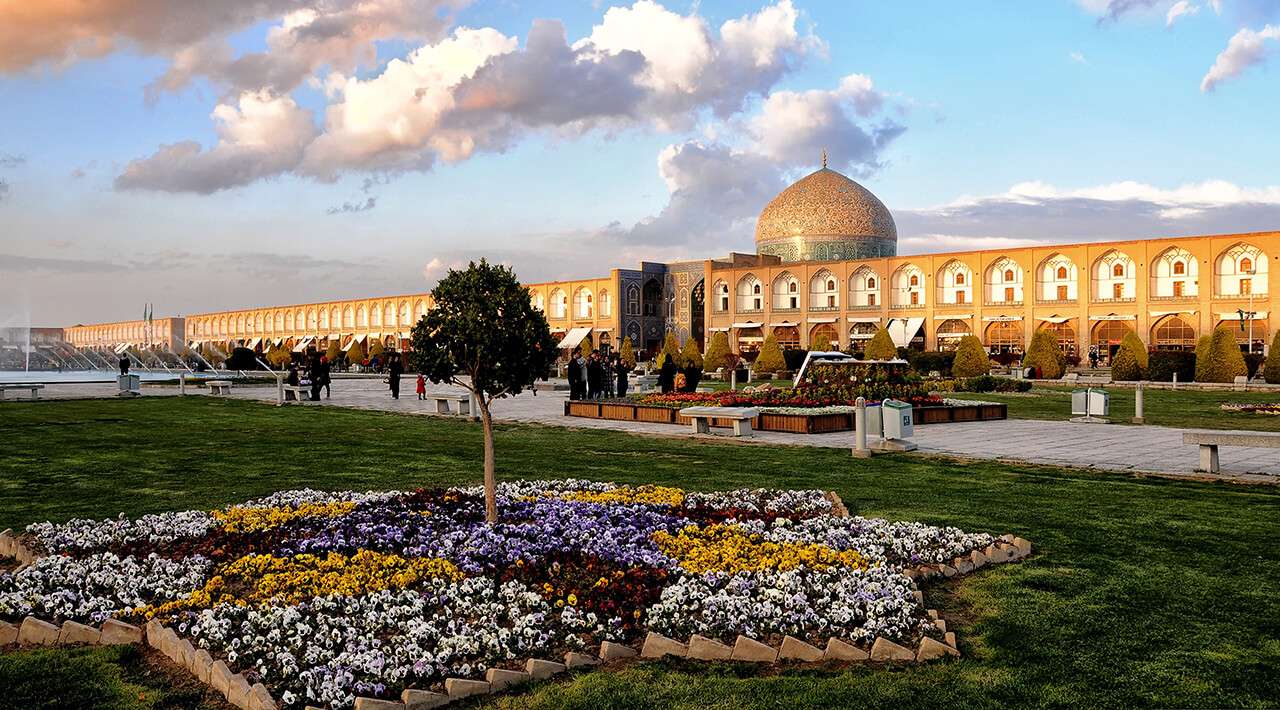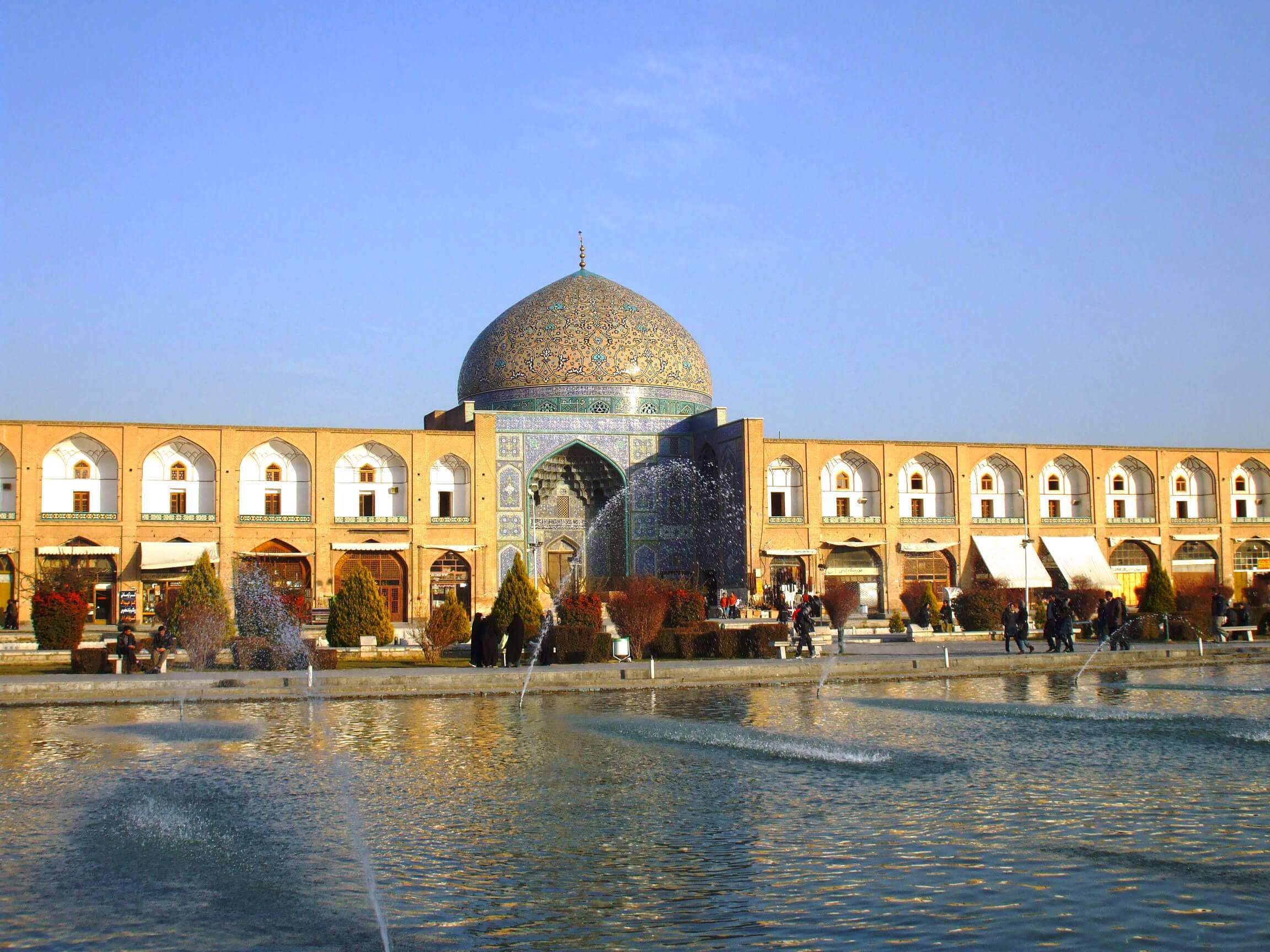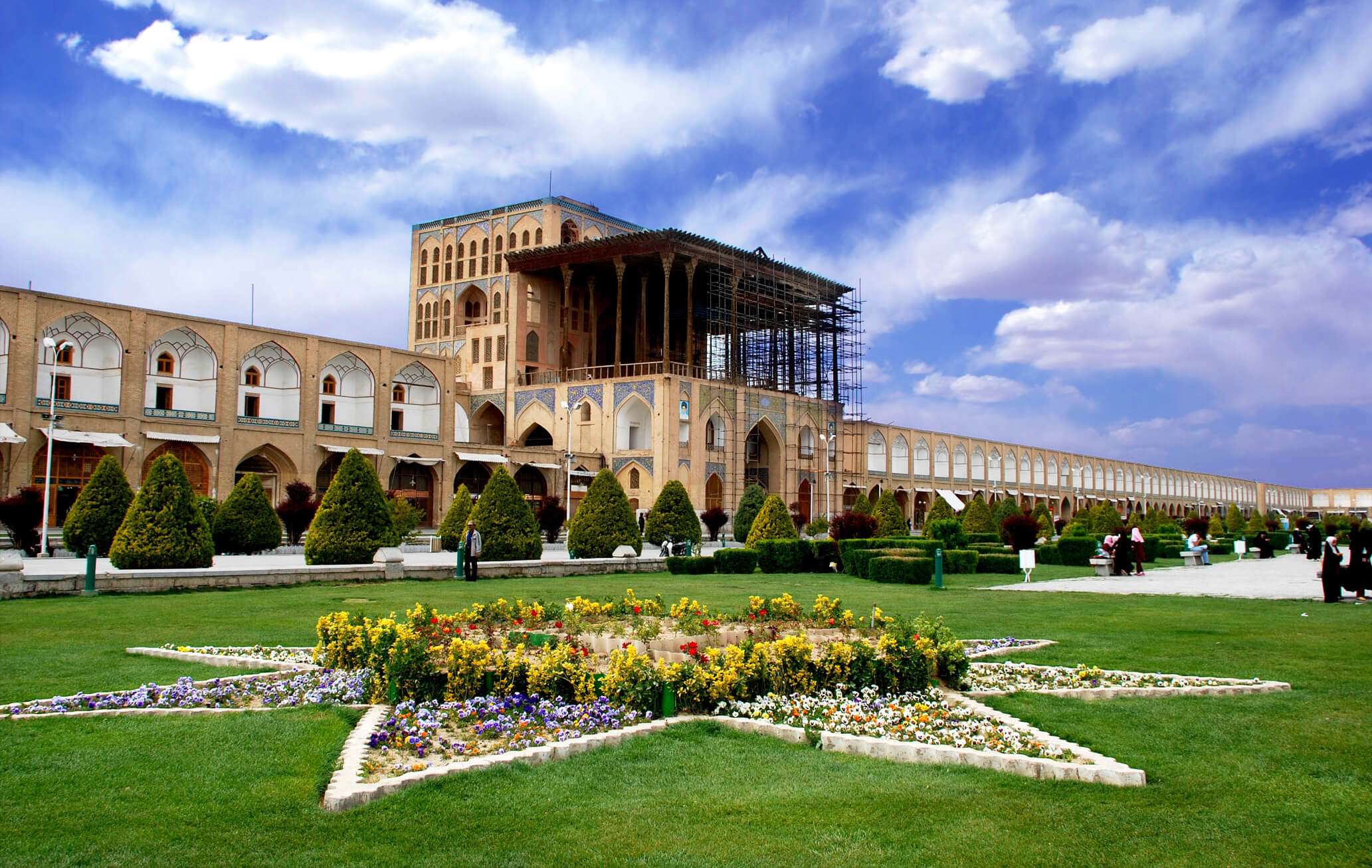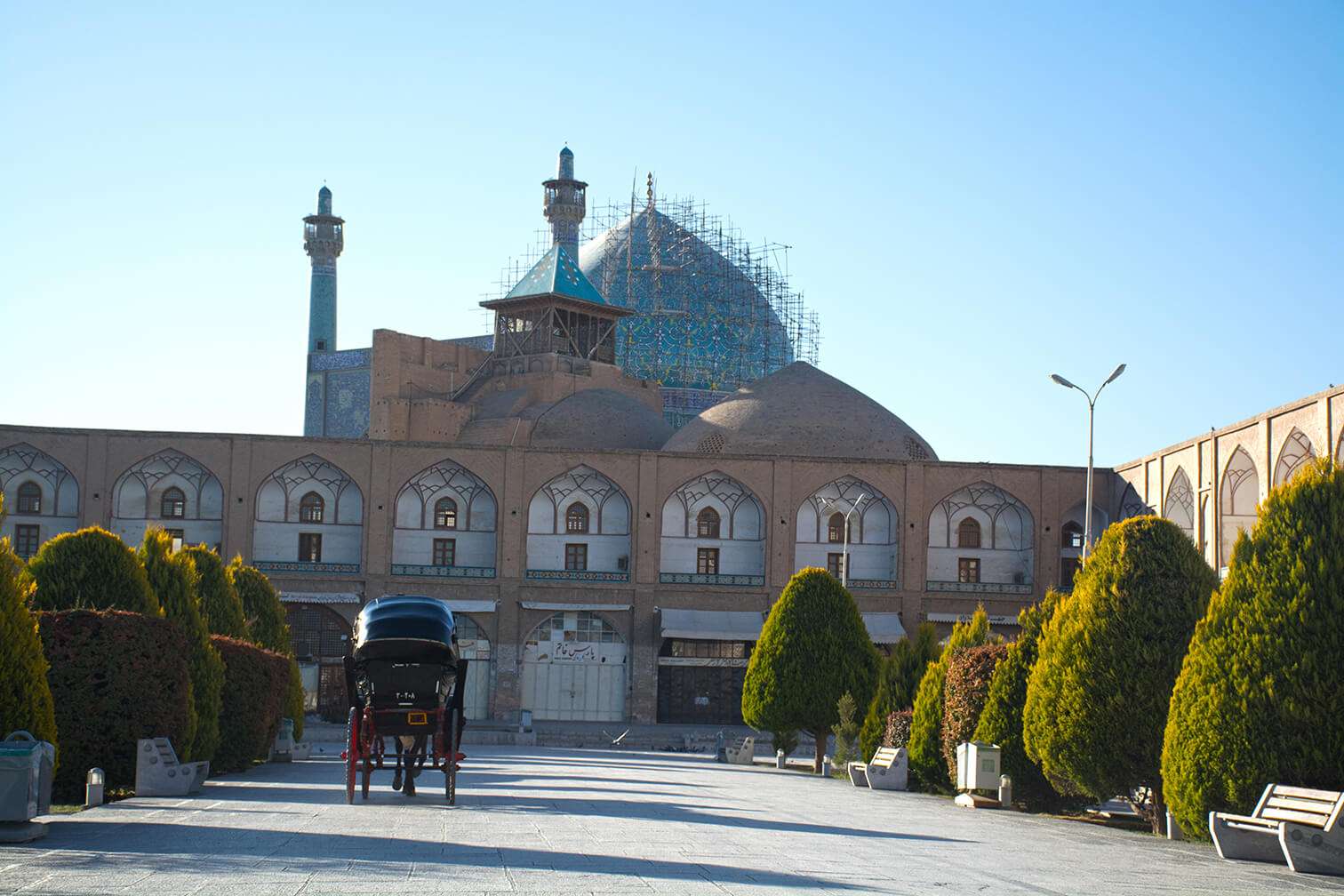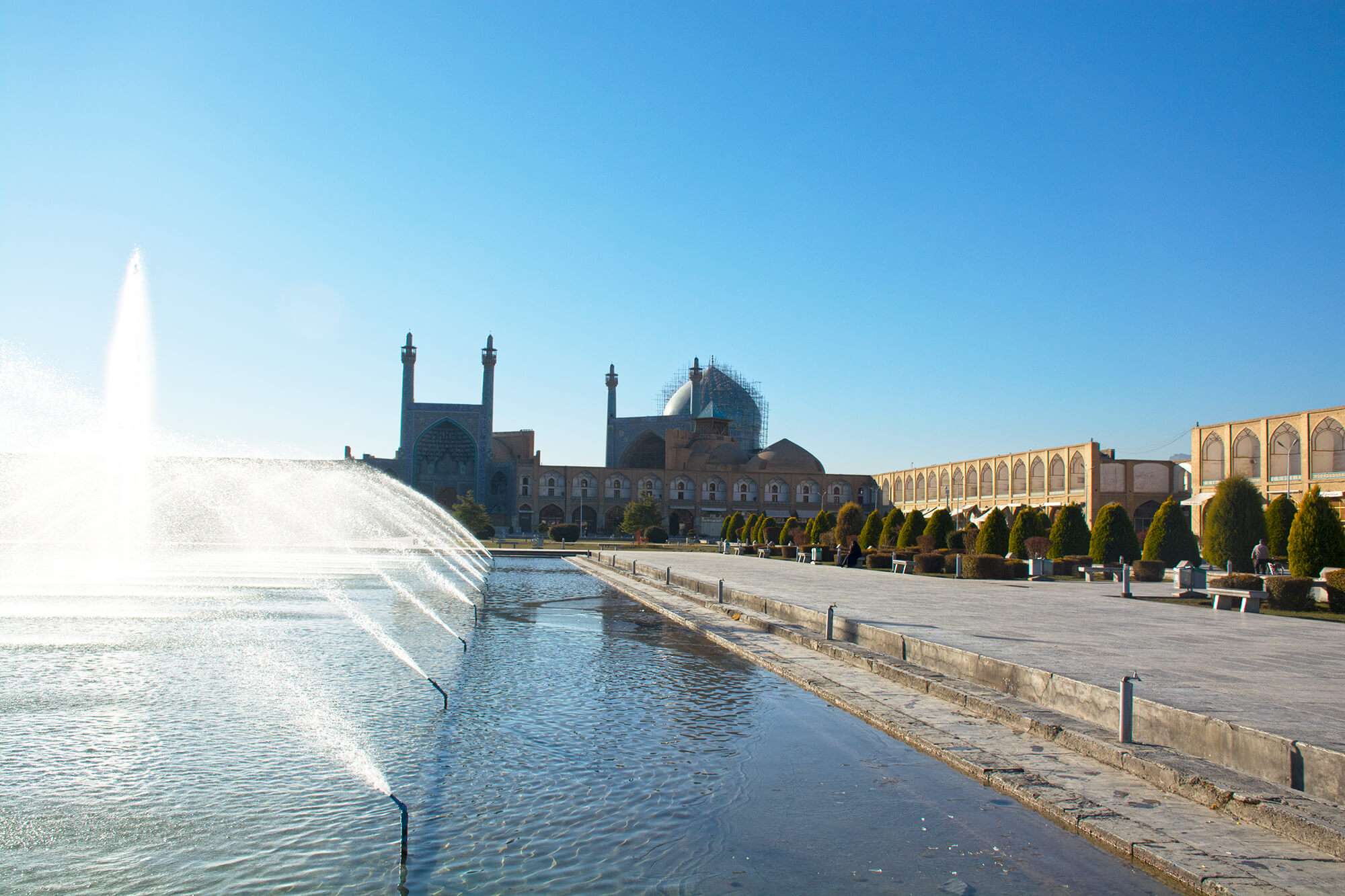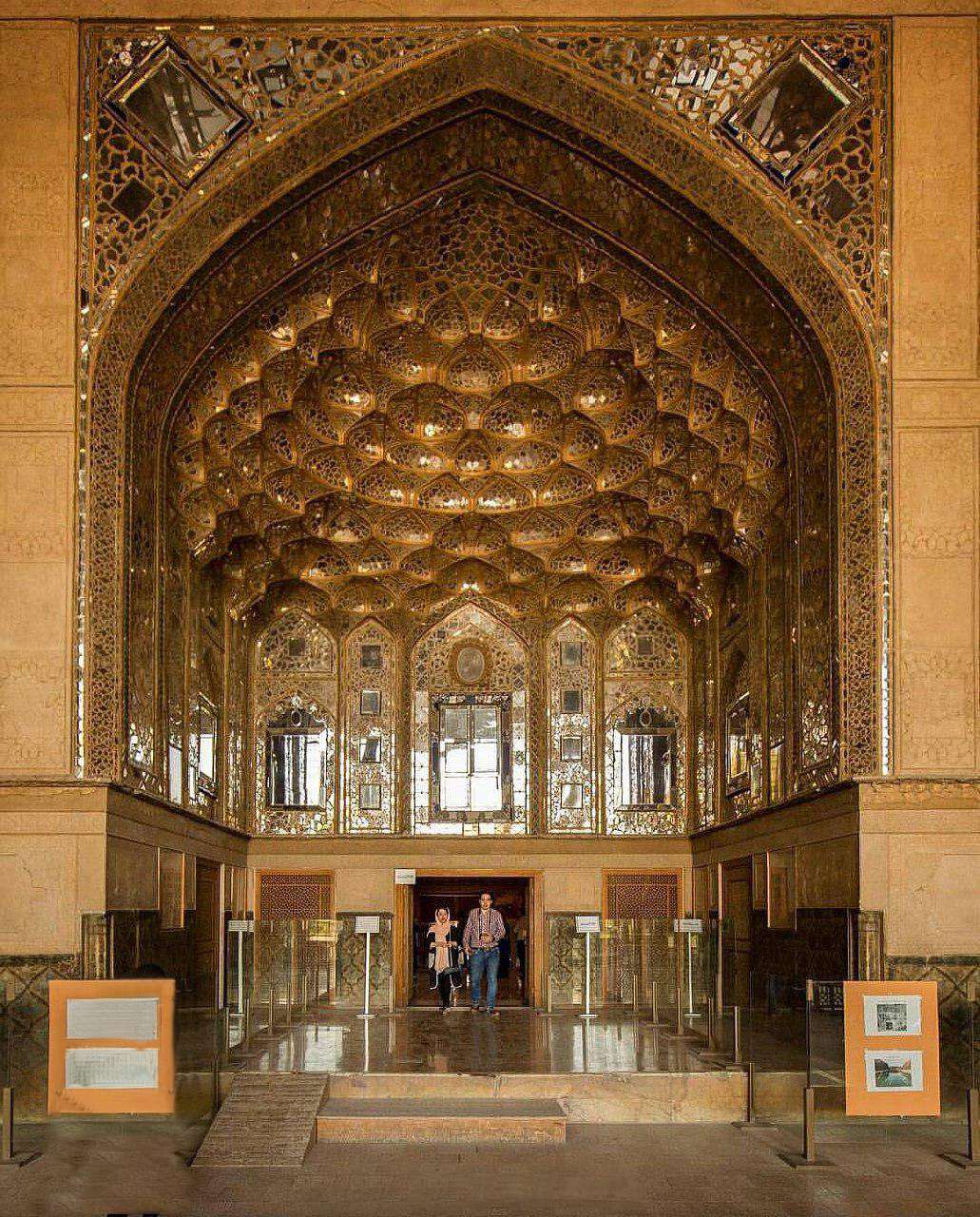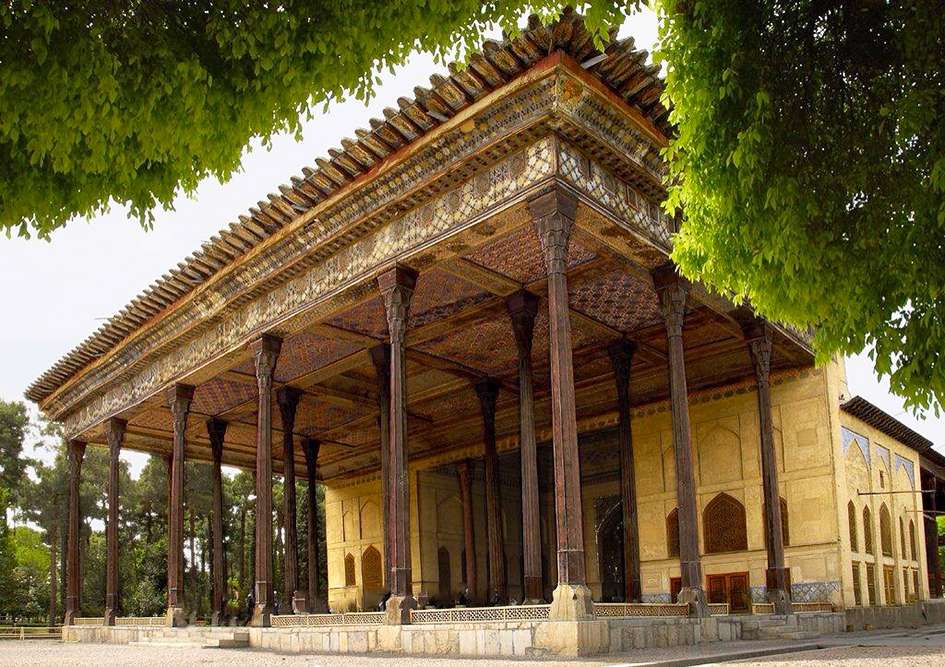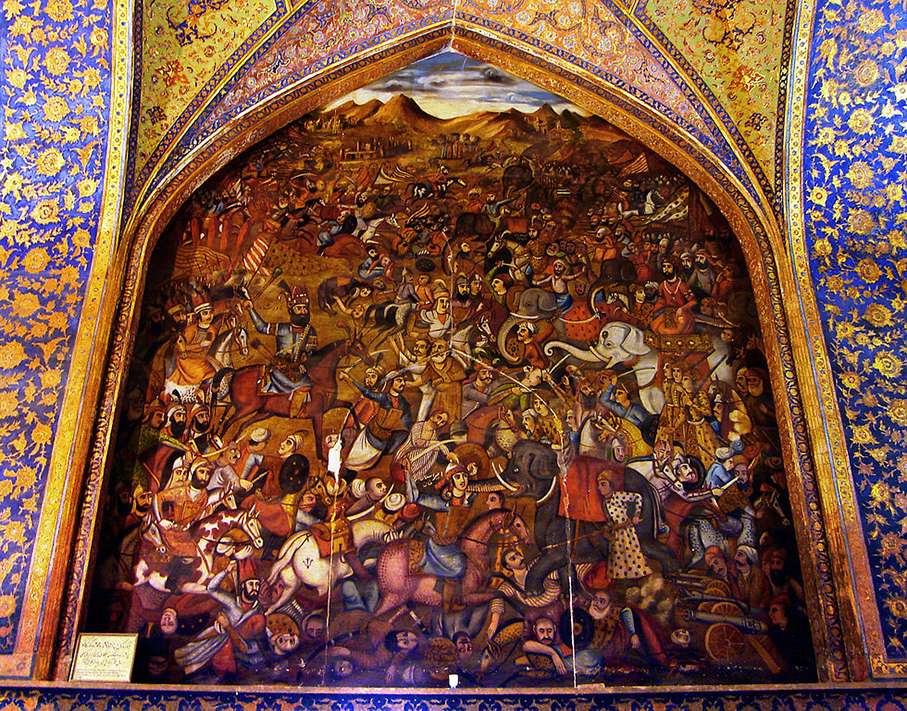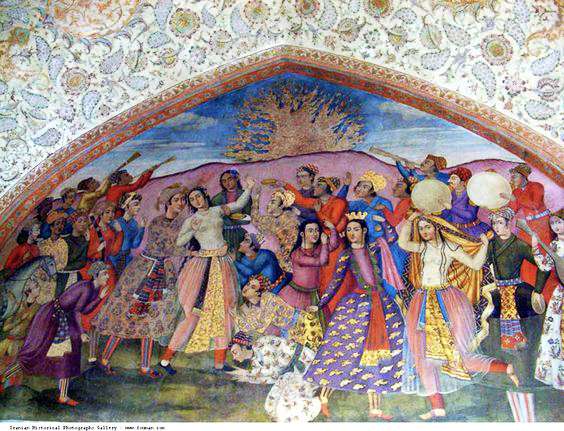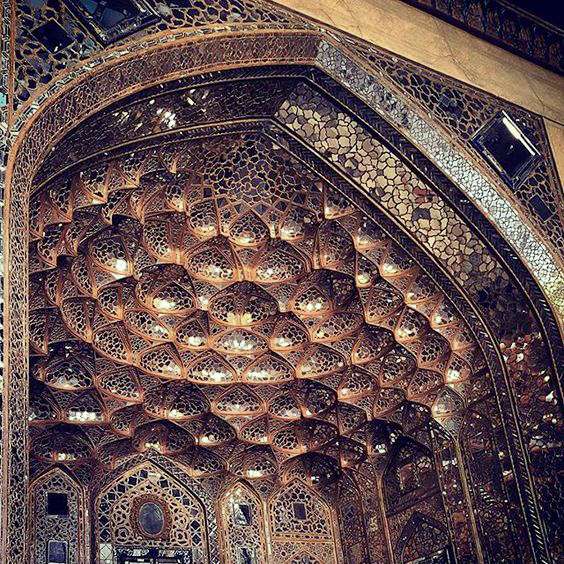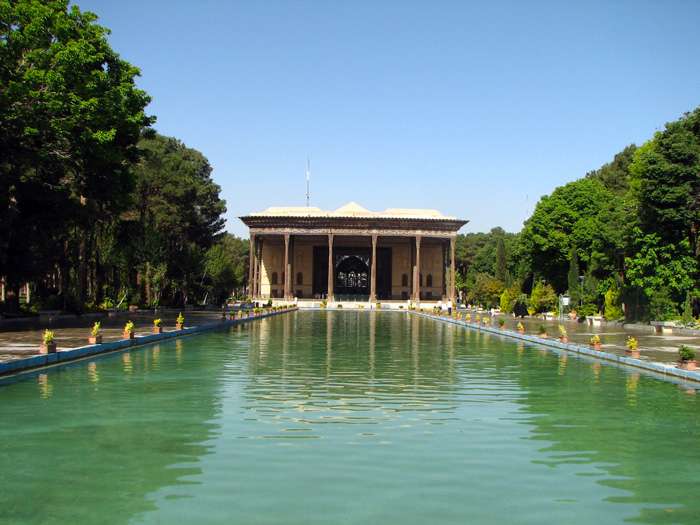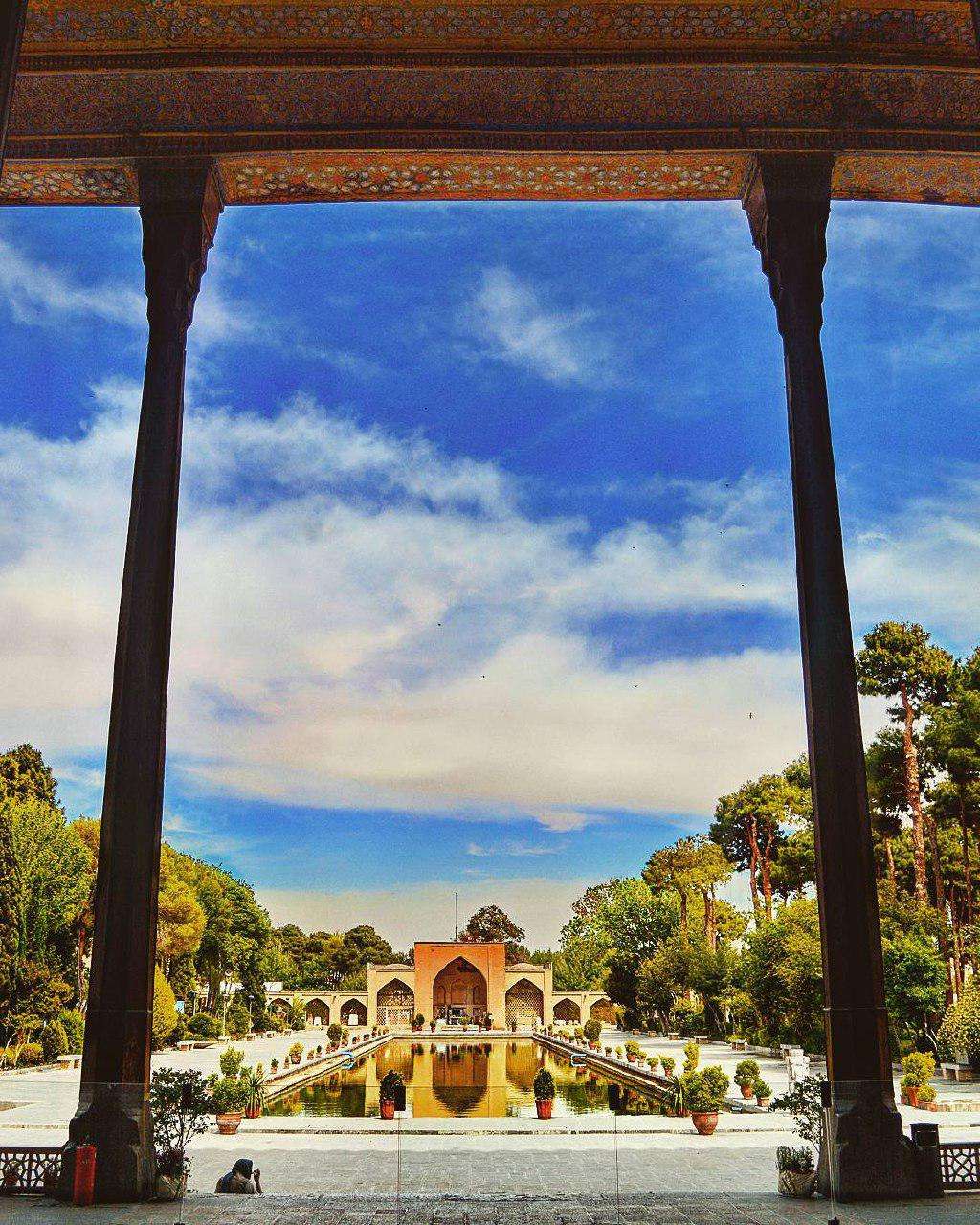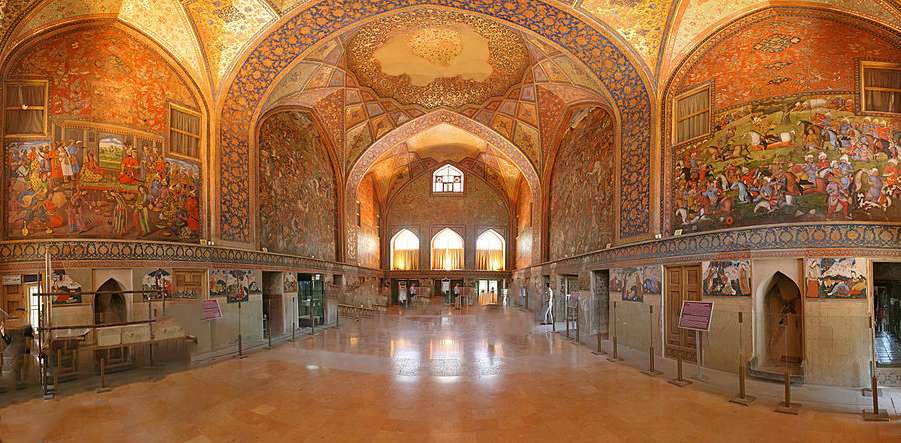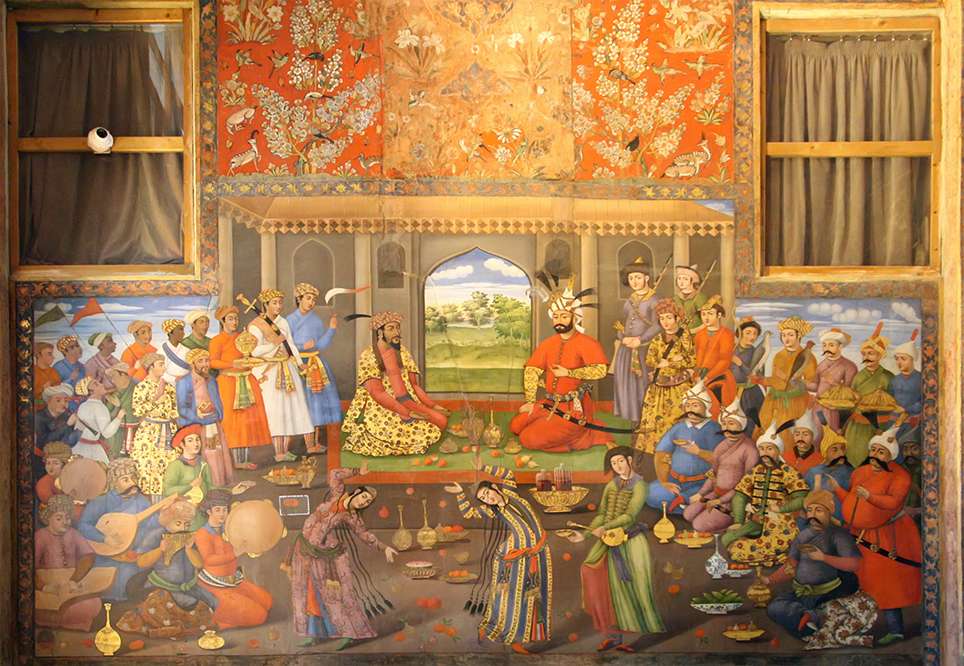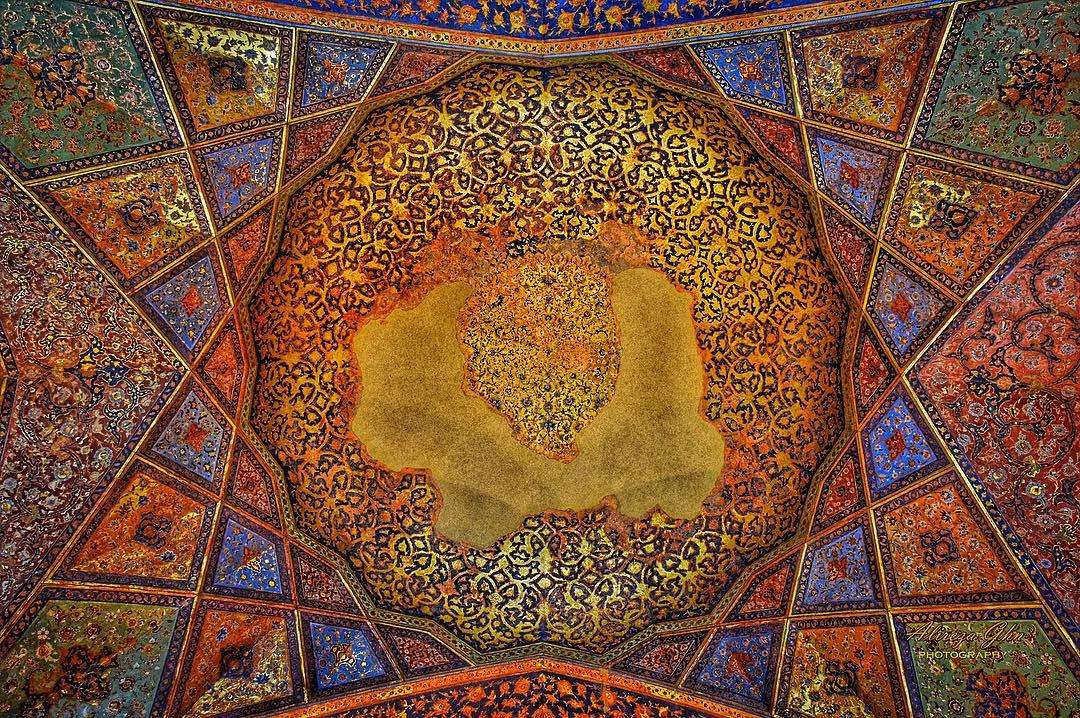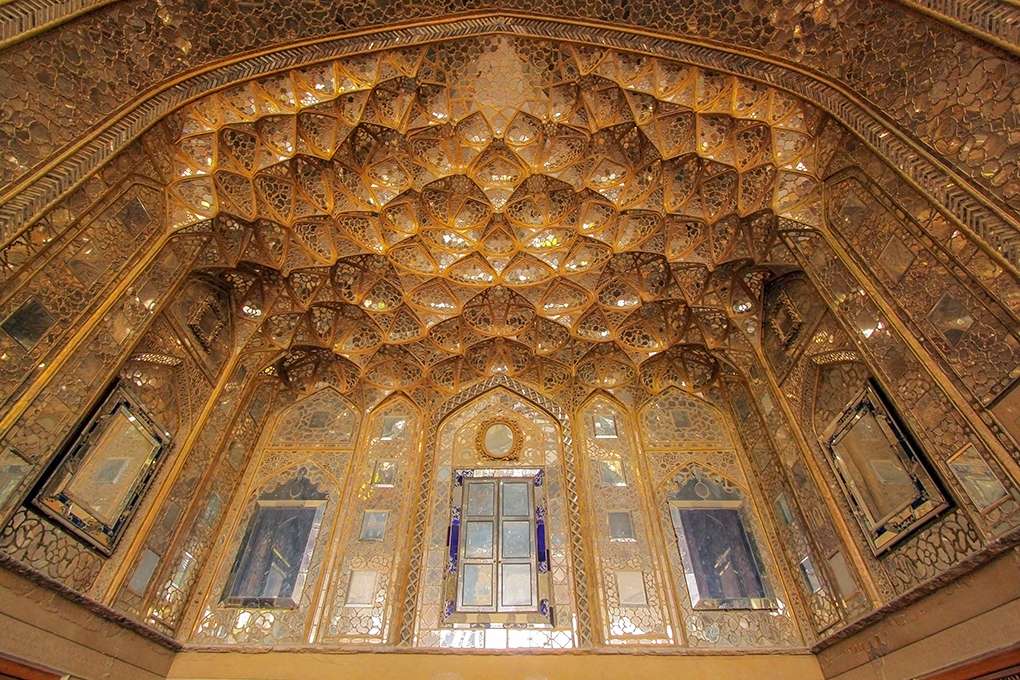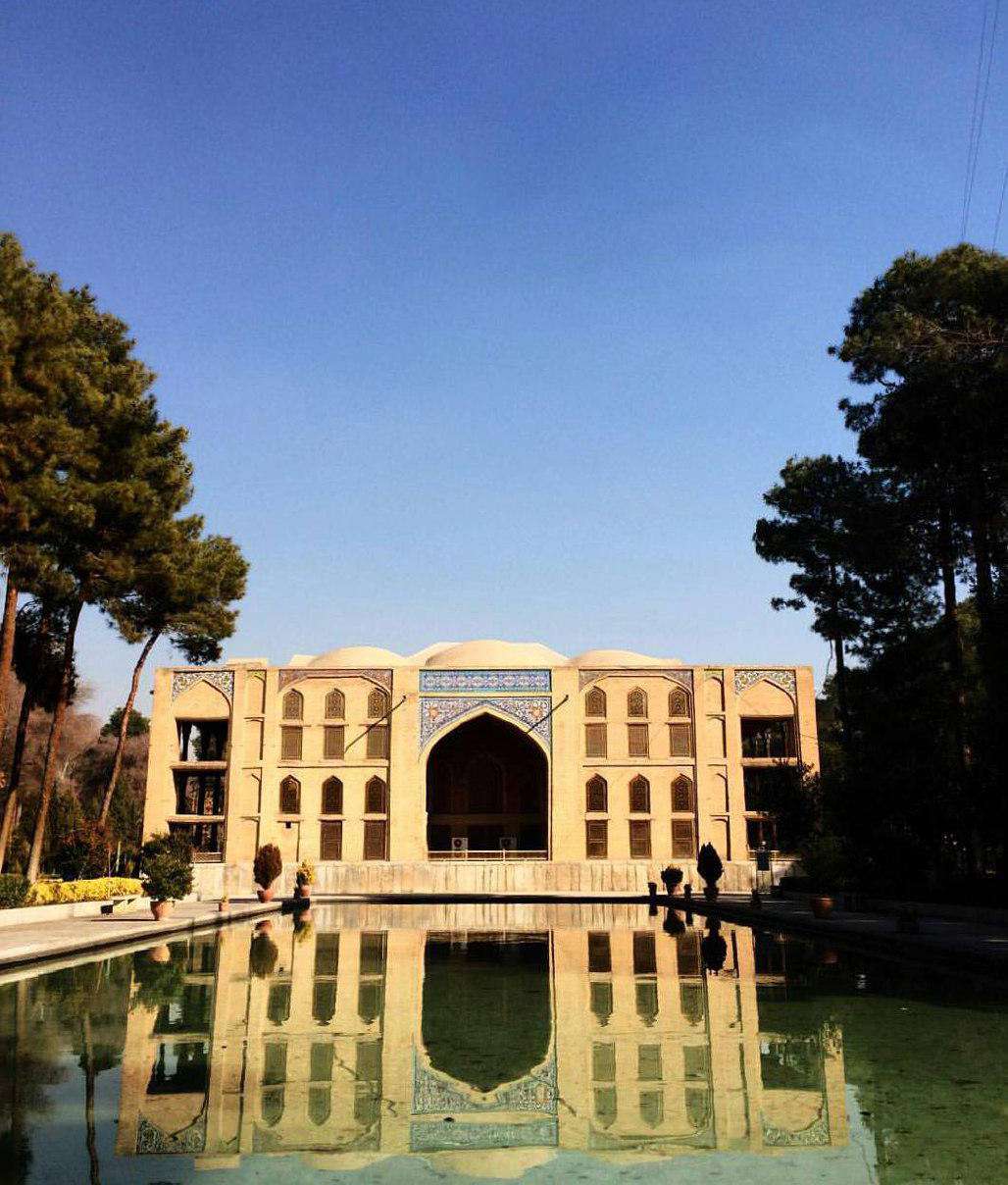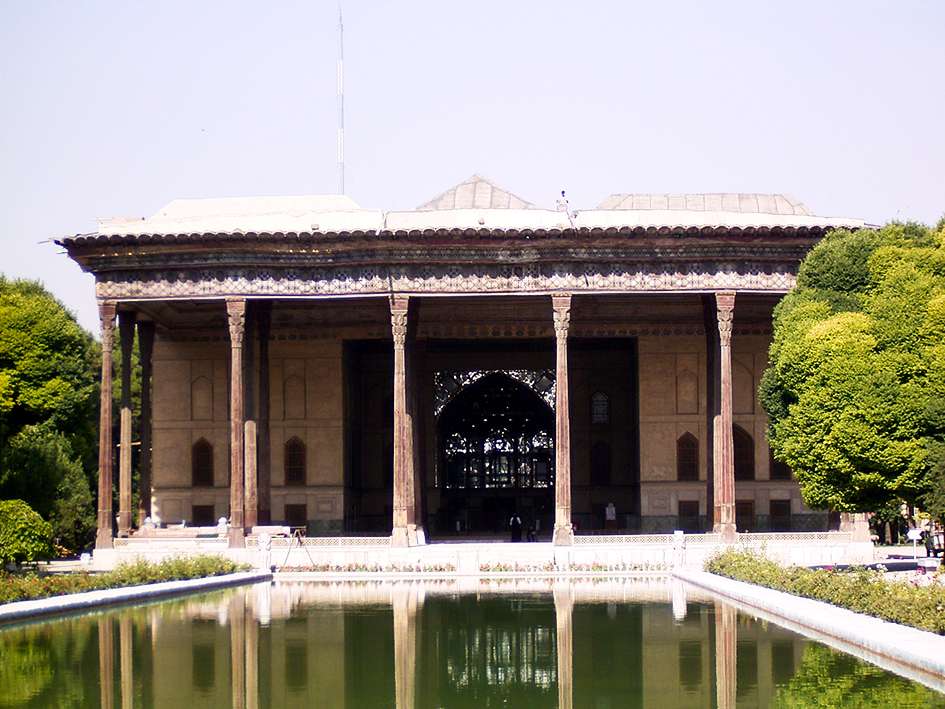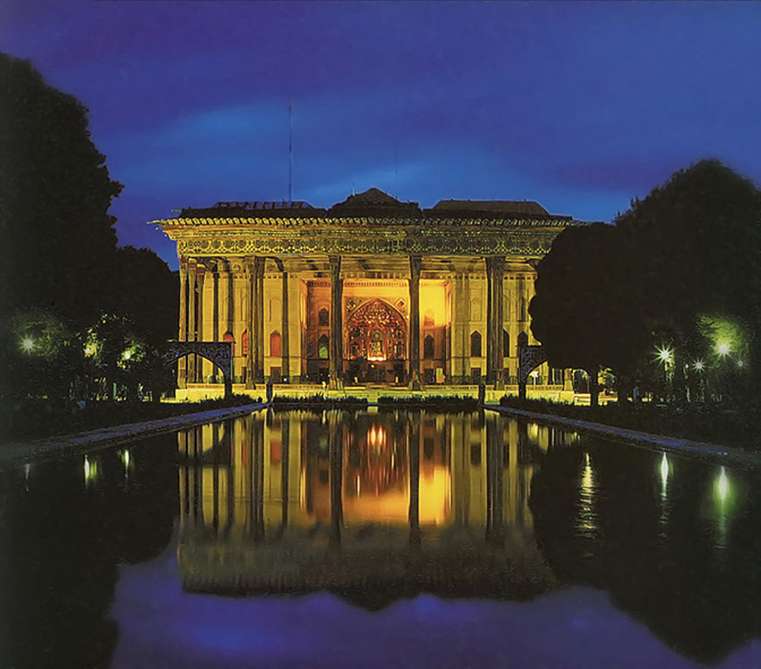The Top Places & World-Known Architectural Heritages of Isfahan
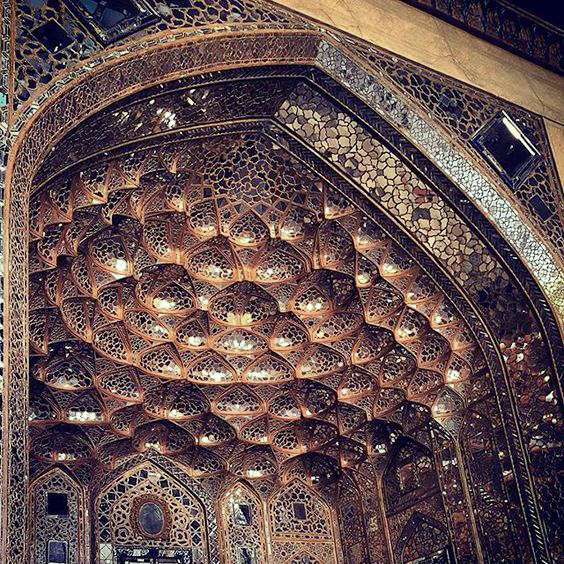
- ThemeArchitecture/ UNESCO Heritage/ Religious and Epic
- CodeIRRS31
- Duration3 hr(s) and 30 min(s)
- Best TimeSPRING
Visiting the UNESCO Heritage sites in Isfahan;
Visiting the congregational mosque of Isfahan which has been the scene of architectural variations since 8th century;
Exploring the 17th-century square built by Shah Abbas the Great;
Visiting the Safavid palace of Chehel-Sotun dating back to 370 years ago.
Photos of the The Top Places & World-Known Architectural Heritages of Isfahan
Explore The Route
The Top Places & World-Known Architectural Heritages of Isfahan
This route invites you to visit some spectacular world-known touristic sites, reflecting the most important cultural spots of Isfahan. Iran contains 21 cultural properties inscribed on the world heritage list. Three of these world heritages are located in Isfahan; Jame mosque, Naqsh-e Jahan Square, and Chehelsotun Palace. Jame mosque is registered in UNESCO heritage list in 2012. Naqsh-e-Jahan Square, bordered by four magnificent buildings, is the first site registered as UNESCO heritage in Isfahan in 1979 and Chehelsotun Garden is among the nine Persian gardens registered as UNESCO properties in 2011.
Highlights
Duration : 1 hr(s) 30 mins
Point Type: STARTING
Isfahan contains a large number of mosques. In the middle of the 17th century, more than 160 mosques existed in Isfahan. Among all these, two of them gained the high status of a congregational mosque: Jame Abbasi mosque, and Masjed-e-Jame, dedicated to the principal Islamic practice of Friday prayer, and also to the preachments delivered on political and social occasions. Jame mosque has been the spiritual and religious center of Isfahan, as it was built over the 8th-century Zoroastrian temple and has maintained this authentic appeal for 14 centuries. Today, Jame Mosque continues to stand proudly at th...
Duration : 1 hr(s)
Point Type: STOP OVER
Naqsh-e-Jahan Square
Brewing ideas to move the capital of
Safavid dynasty from Qazvin to Isfahan, being geographically, climatically,
politically, and strategically more suited to the aims of the kingdom, Shah Abbas
the Great ordered the construction of new monuments and sites in Isfahan, from
1592 to 1598. One of the earliest constructions, symbolically representing the
Duration : 1 hr(s)
Point Type: ENDING
Persian garden reflects the rich knowledge of architecture, irrigation, and agriculture used by Iranians during long periods of history. It is omnipresent in Persian literature, music, and painting, preserving a special place in Iranians' unconscious. Persian gardens, generally rectangular in shape and enclosed within high walls contain symmetrical trees, water channels, and stone fountains. One of the most rema...
Important Information
Cost Info
- Jame Mosque of Isfahan
- Naqsh-e Jahan Squarefree
- Chehel-Sotoun Palace4 €
- Destination
- Transportation Type
- Transportation Fee---
Additional Info
You have the chance to walk the historical bazaar down to the Naqsh-e Jahan square from Jame Mosque. On your way, you can see lots of historical highlights in the bustling marketplace swarming with life and color:
- The 18th-century Kāseh-garān theological school in the roofed bazaar near Jame mosque
- The 16th- century shrine of Hārūn Velāyat
-
- The ‘Ālī mosque dating back to 16th century and the flanking ‘Ālī minaret dating to 11th century
- The early 18th century Nīmāvar School in the Abdorrazaq Street
- The 240- year-old Sarāy-e Golshan (a roofed space surrounded by shops in the bazaar)
- The Safavid mosque of Jārchī Bāshī
- The Qajarid theological school of Sadr
You can try the delightful taste of Saffron ice cream sold around Naqsh-e Jahan square
It is highly recommended to meal at the traditional restaurants in this area. You can find a wide variety of local food, snacks and fast food
Accessing Chehel-sotun Palace takes a 5 min walk (along Sepah Street) from Naqsh-e Jahahn Square
